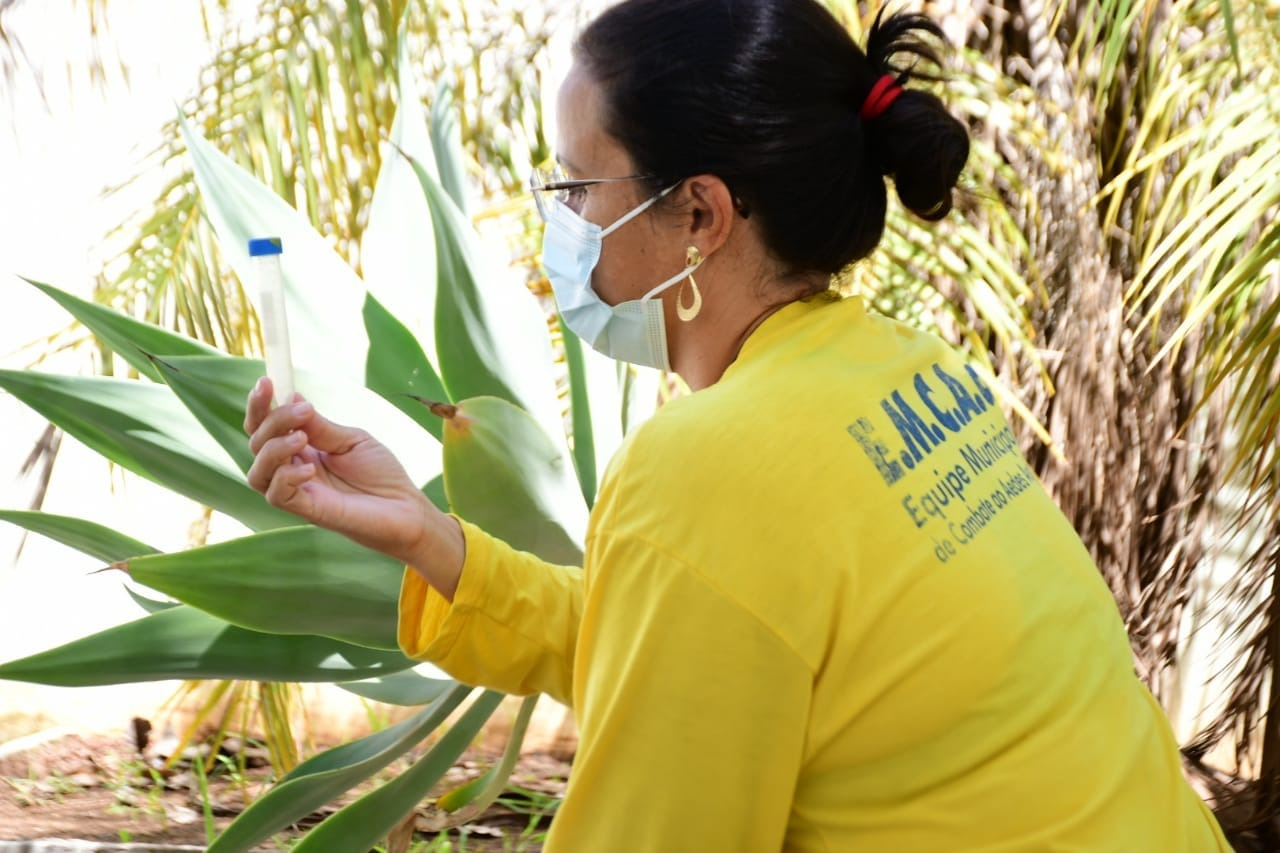The percentage remains high and far exceeds the limit recommended by the World Health Organization, which is 1%.
The City of Catanduva, through the Ministry of Health, has completed another assessment of larval density (ADL), based on samples collected during the month of April. According to the study, the rate of larvae in the municipality was 4.9%, a result that keeps the city on alert for infection.
In the first poll, conducted in January of this year, the result was 5.4%. Despite the slight decrease in the measured result, the percentage remains high, well above the limit recommended by the World Health Organization (WHO), which is 1%.
In the evaluation, endemic agents visited 6,444 properties. Of these, 3,000 were open to visit and 3,444 were closed at the time of inspection.
The neighborhoods with the highest infection rate were Conjunto Euclides, Jardim dos Coqueiros, Jardim Oriental, Jardim Soto, Cidade Jardim, Loteamento Jorge Mauad, Loteamento Nações Unidas, Parque Iracema, Jardim Paraíso and Residencial San Remo.
During the evaluation, most of the breeding sites were found in indoor and outdoor drains, animal drinking fountains, potted plants, buckets, swimming pools, disposable bottles, plastics, tires, tarpaulins, cans, and construction sediment.
reaction
In light of the report, the Municipal Aedes Aegypti Control Team (EMCAa) will direct joint actions and efforts to remove breeding sites in neighborhoods with the highest index of larvae. The agency requests residents’ cooperation to welcome the endemic agent.
Another clue for the resident is to schedule a visit to the property, in the case of a closed dwelling notice. To schedule visits or file complaints, the phone number is 9200-173531.

“Wannabe internet buff. Future teen idol. Hardcore zombie guru. Gamer. Avid creator. Entrepreneur. Bacon ninja.”

